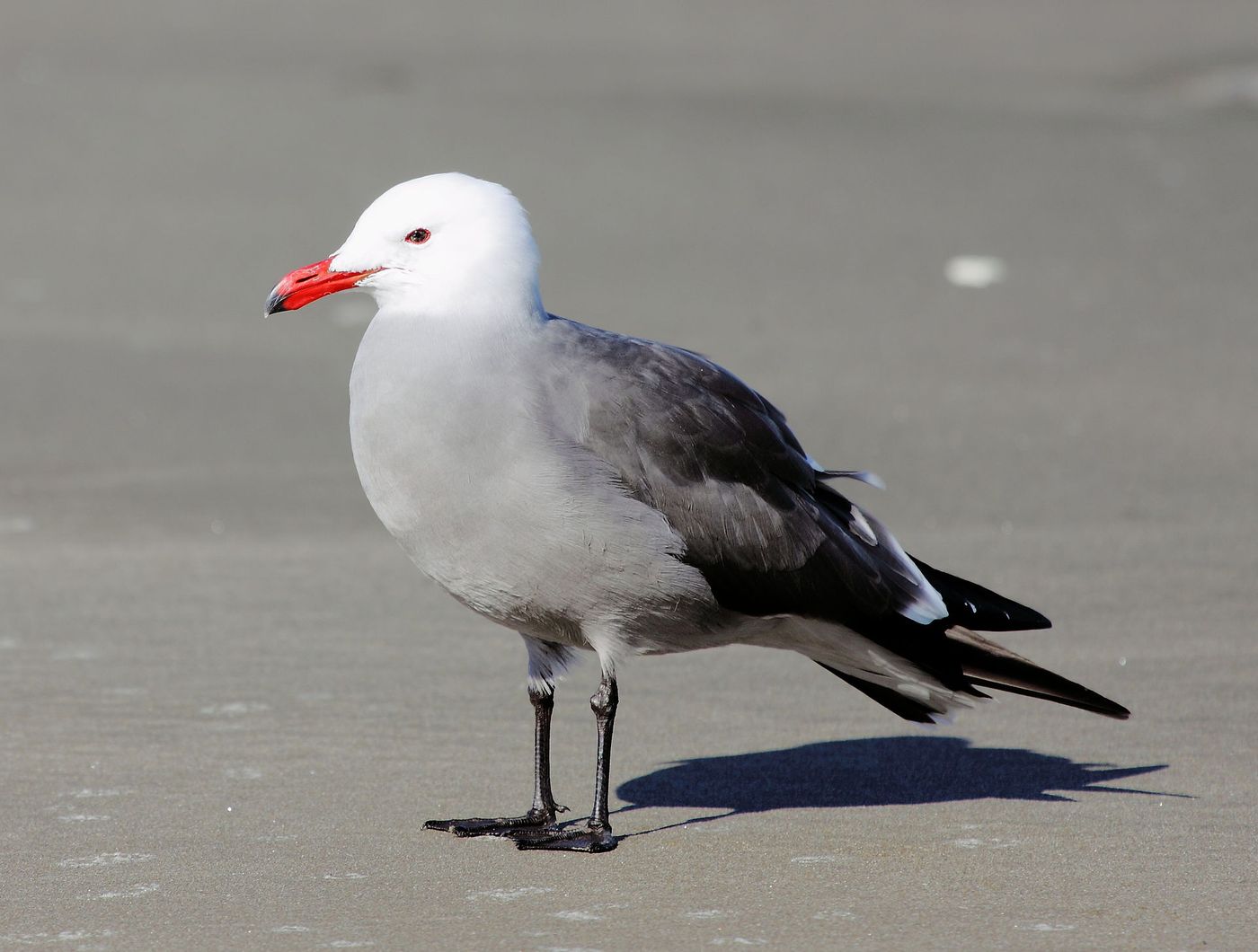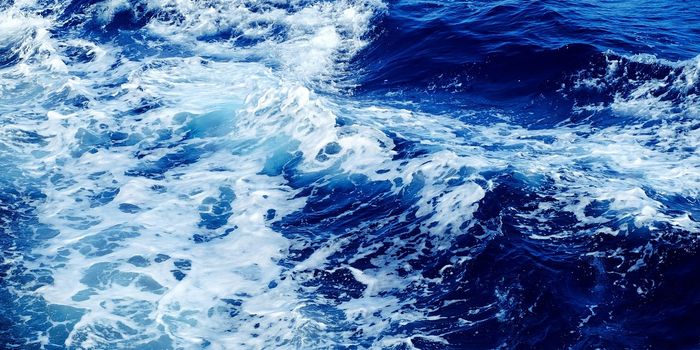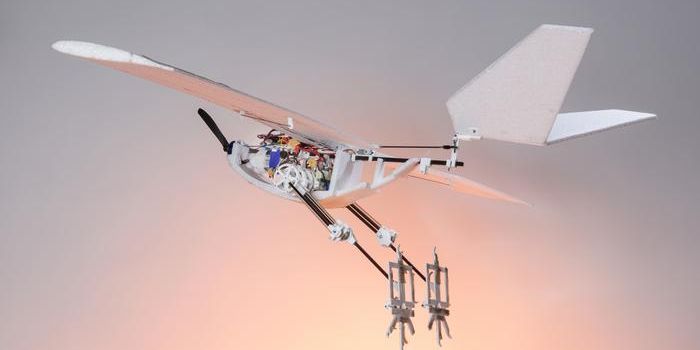Are Seabird Populations in Trouble?
Climate change can have a severe impact on Earth’s delicate ecosystems, and seabirds are just one of many animals that suffer the consequences.
Unfortunately, the extent of such consequences isn’t well-understood, so researchers from the Universities of California Riverside and Veracruz teamed up in an attempt to learn more.
Image Credit: Basar/Wikipedia
Their paper, published this week in the journal The Condor: Ornithological Applications, discusses the dynamics of seabird populations and nesting behavior amid increased frequencies of oceanic warm-water events off the coast of California.
Experts have long considered these events to be normal if they happened once or twice per decade, but they’ve been transpiring more frequently in recent years. Between 2007 and 2016, researchers recorded at least five oceanic warm-water events.
Related: Tropical birds appear to live longer than their temperate counterparts
Heermann’s Gull (Larus heermanni) served as an exceptional test candidate for the study. They share a lot of common characteristics with many other seabirds, and at least four decades’ worth of relevant data was readily-accessible to the researchers for analysis.
Some of the most significant tidbits from the Heermann’s Gull data included average lifespan, the time required to reach breeding age, and the number of offspring, among other things. The researchers plugged all this data into various forecasting models to calculate outcome trends, and unfortunately, things didn’t look too reassuring given the current circumstances.
When ocean waters are at their usual temperatures, Heermann’s Gull populations can grow steadily by almost 4% each year. But when waters heat up during oceanic warm-water events, population growth dives into the red, around -15% each year. Semantically, that’s a loss, not a growth.
“Heermann's Gulls can resist oceanographic anomalies of up to one event every five years without seriously compromising their population growth rate or their individual fitness, but populations may decline rapidly if the frequency of warm-phase anomalies continues to increase, as it has done during the last decade,” the researchers note in the paper.
Related: Are there twice as many bird species as originally thought?
Given how oceanic warm-water events have become more common in modern times, the findings paint an eerie picture for the future of all seabirds that sport similar characteristics. It has become increasingly necessary to gauge the situation more carefully and develop novel ways of conserving seabirds that may be at risk of population declines as the Earth changes.
Source: EurekAlert









